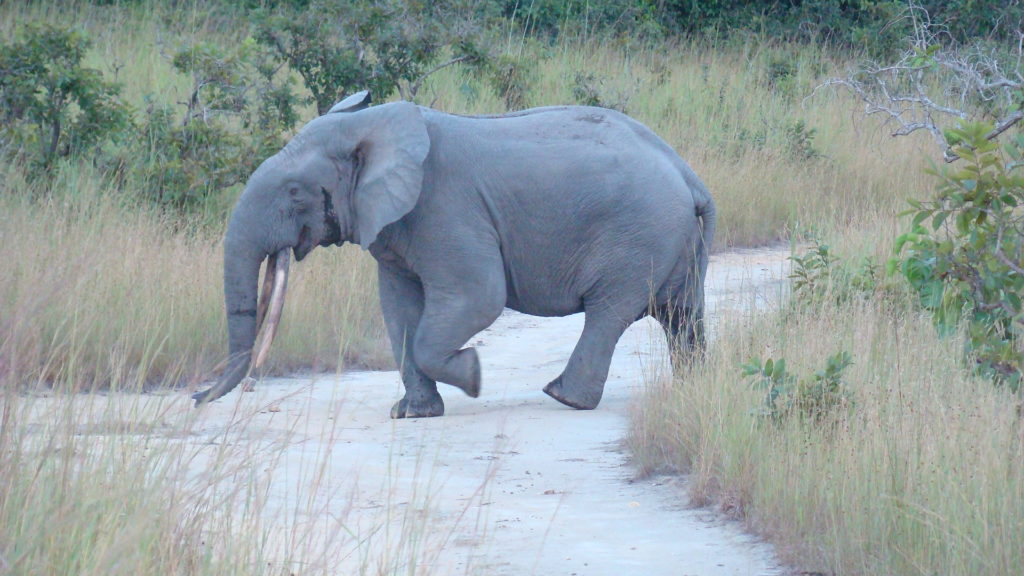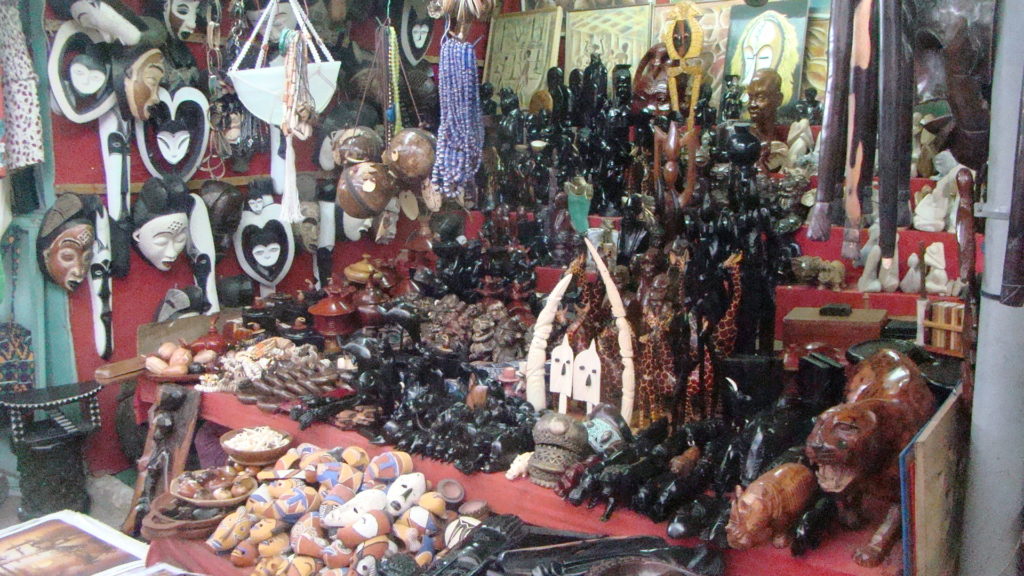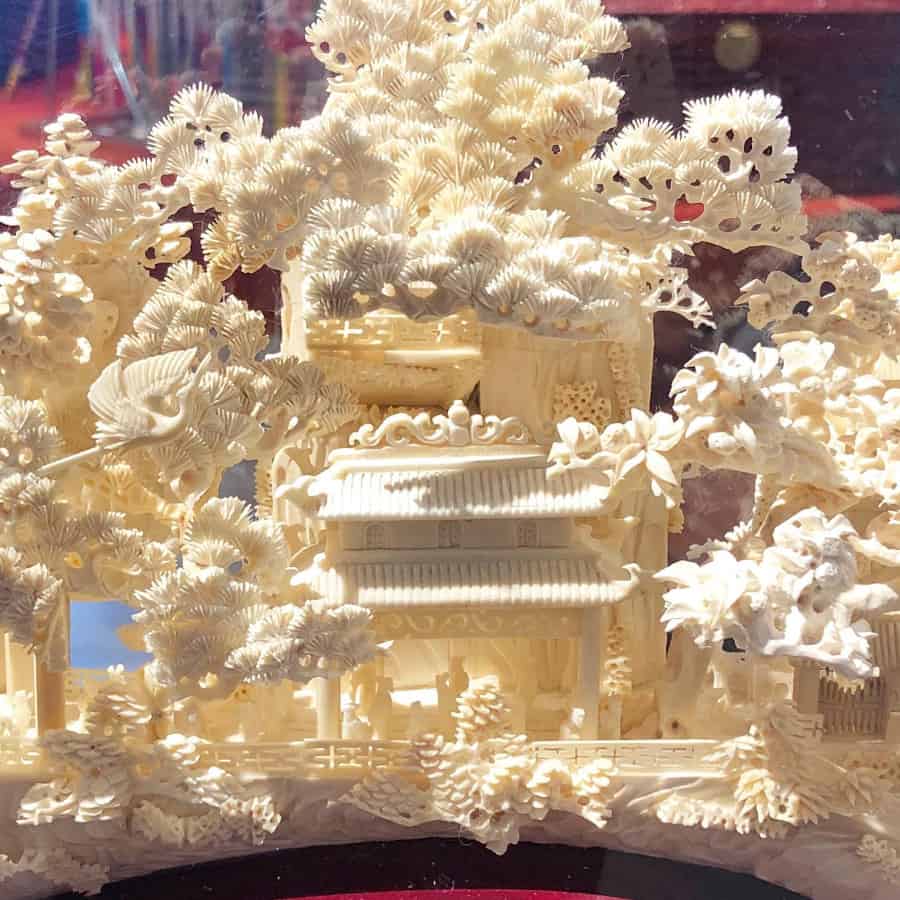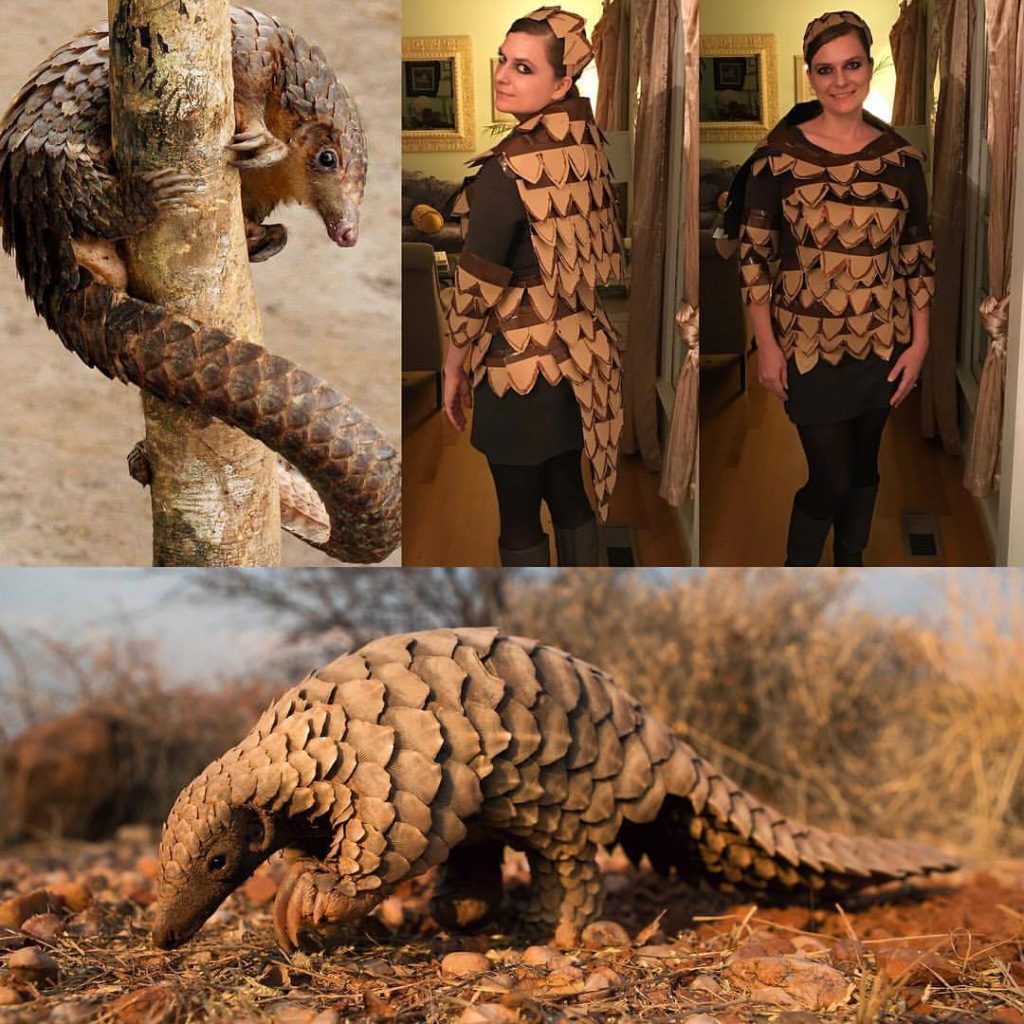Last week I had the pleasure of meeting and listening to Dr. Susan Lieberman speak at North Carolina State University. She is the Vice President of International Policy of the Wildlife Conservation Society and has worked in international conservation, science, and policy for more than 25 years.
Recently, she was appointed to the U.S. Presidential Advisory Council on Wildlife Trafficking. Her talk gave us a whirlwind tour of the underground world of wildlife trafficking. Having researched elephants, I often assume that people know about this industry, but working with school teachers, kids and undergraduate students, I realize that most people have no idea. Here are the ten take-home points from Dr. Lieberman’s talk:
1. Wildlife trade is the 2nd largest direct threat to wildlife
The first is habitat loss, and although climate change is a large threat, the ways that it will impact wildlife are indirect (although still severe). The illegal wildlife trade is worth at least $7-10 billion (at least because it is hard to estimate as it is illegal). To illustrate this point, 70% of all wild tigers are found in only 6% of their range.
Much of their decline is due to poaching, not habitat loss. Similarly, the forests of Central Africa are largely intact with low human population densities and can hold an estimated one million forest elephants. Due to poaching for ivory, we have lost 80% of them.


2. Corruption is key
During Susan’s presentation, she shared a map from Transparency International. Most of the regions that we associate with wildlife trade (Asia, Africa) were fire engine red (meaning big problem). This all boils down to bribes. If you can pay someone to ignore a problem, then you can get away with things.
In countries where offering a bribe will get you in trouble (imagine offering a bribe to a police officer to get out of your speeding ticket in the US), they don’t work, and illegal trafficking is harder to do. To use elephants and rhinos as an example, the countries are red from where they live (largely poached in Africa) to market (many in Asian countries).
3. There are high tech solutions
Handheld devices by the SMART program record where rangers travel in protected area and where they find evidence of poaching. This helps managers understand hotspots as well as ensuring whole areas of the park are monitored.
4. There are low tech solutions
Similar to drug dogs, dogs can also be trained to sniff out wildlife products, and in fact, they are better at doing this, especially when the products are fresh (makes sense, but gross). This is a simple, cost-effective strategy to combatting wildlife trade; have more dogs at important ports.
5. Rangers matter
Not only do we need rangers, but we also need ones that are highly motivated. Being a ranger is a TOUGH job. You are literally putting your life on the line to save wildlife. Not many people in the world would do this. It is dangerous, but also not very lucrative. Motivation matters because in parks where rangers are motivated, there is less poaching. Show a ranger how much you care.
6. Bust the markets
Although busting poachers is important, if you bust one, they go to jail and another one will take his/her place. If you bust the sellers though, then the poachers have nowhere to sell their products.
7. It’s not the locals
In a lot of poaching examples, locals are not the problem. Again, for rhinos and elephants, the ones poaching and organizing the operations (yes, they are operations that can involve helicopters), are large organized crime rings and terrorist organizations.
Even when poaching does happen in country, for example with the bushmeat trade, locals are not the problem. People in villages hunting and eating bushmeat is sustainable; what makes it unsustainable is people putting the meat on trains in mass quantities to go to citizens in the capital city.
8. Government does listen
Being here in the US, one can often feel helpless. Your local and federal government officials’ main agenda is to get re-elected. If you send them emails or letters that wildlife trade is important to you, they will listen. They will not care unless you care. Many non-profit organizations have email alerts that you can sign up for that will even automate messages for you (although it is best to personalize them).
9. Report it.
When you are traveling and you see something suspicious, take a photo of it and put it on social media. Susan gave an example of this happening and found out that officials later busted the individual.

10. For most species, it’s not too late
Although we have lost many individuals, in most populations, there are enough individuals to repopulate. Elephants are excellent breeders. We are not down to dozens or even hundreds of individuals in a lot of these species. Let’s stop this before it becomes too late.
Bonus fact: One confiscated shipment contained 25 tons of pangolins! This animal only weighs about 30-40 lbs. I don’t even want to do the math to figure out how many pangolins that is; I just know it is a sad amount of pangolins. They are mostly desired for their scales, which are used in Chinese medicine.

*This post was originally featured on the Wildlife SNPits
Love this post? Share it with friends!



